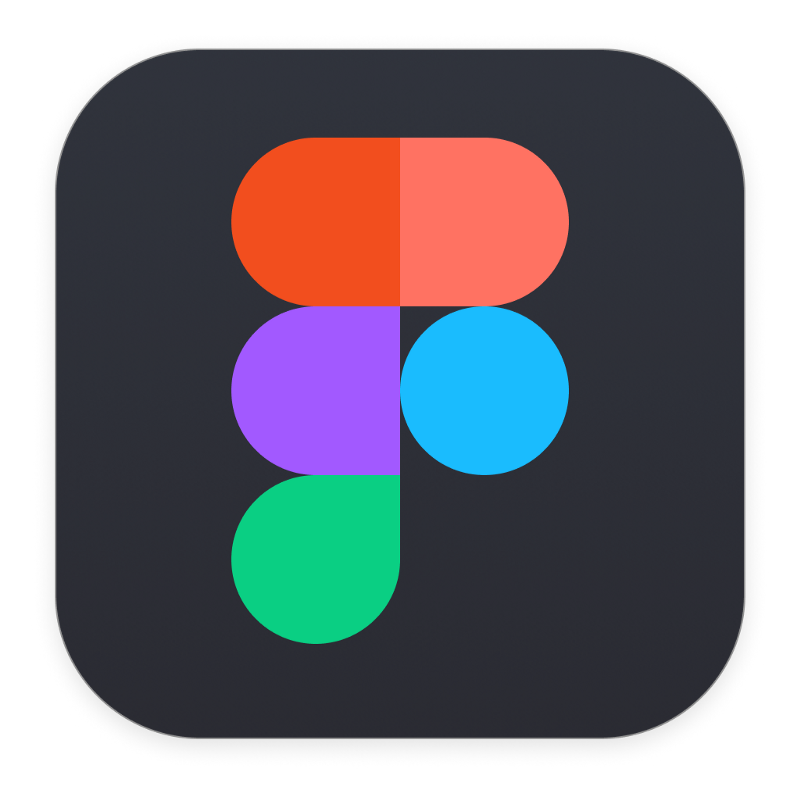Figma is a cloud-based design tool revolutionizing collaborative interface design. It enables teams to concurrently work on UI/UX projects, from ideation through prototyping, making it a staple for digital product design and collaboration.
Overview
Open Pricing Index
Figma offers a pricing model that scales with team size, providing options from free basic access to advanced features for larger organizations. This flexible approach ensures that teams of all sizes can access powerful design tools.
Plans and pricing
Prices are based on real Cledara data and are stated in as yearly costs in USD. The prices are based on the 25th, 50th, and 75th percentile and will include the full cost (including items such as tax)
Cledara’s Take
Figma offers everything from prototyping to complex app and site design capabilities, it is hailed as the industry standard for a reason – 57.8% of Cledara customers use it. Plus, it's got a free version that's packed with enough features to get you going, which is always a win in our book.
Its collaboration features are a standout, making it a go-to for remote teams and designers looking to work together in real-time. Figma is not without its learning curve, though. While powerful, it might not be the most intuitive for everyone right out of the gate.
It seems that this tool might be better suited to those with a bit more experience under their belts. Remember that no tool is perfect, but finding the right fit for your team's needs and workflow can make all the difference.
What is Figma used for?
Figma is leveraged for UI/UX design, prototyping, and collaboration, offering a unified platform that supports the end-to-end design process.
Use cases
Prototyping and design collaboration
Streamlines teamwork on UI/UX projects with live collaboration features.
UI/UX design
Utilized for creating interactive and visually appealing user interfaces.
Wireframing and prototyping
Facilitates the design of wireframes and high-fidelity prototypes for testing and feedback.
Figma main features
- Real-time design collaboration
Enables teams to work together efficiently. - Prototyping for better feedback
Allows for the creation of interactive prototypes. - Reusable design systems
Supports consistent branding with shared libraries. - Developer handoff simplified
Provides tools for clearer communication of design intentions. - FigJam for team brainstorming
Online whiteboarding tool for ideation and planning.
What do people think of Figma?
Gathering reviews from diverse sources, we've compiled feedback that underscores Figma's impact on the design community, showcasing a range of user experiences and perspectives.
View on G2 (4.7 stars) View on Capterra (4.5 stars)
Figma highlights
- Exceptional for collaborative design and prototyping
Figma shines when it comes to collaborative work, allowing teams to design, prototype, and iterate in real-time. This capability has transformed how teams communicate their ideas, share feedback, and make design decisions swiftly, no matter where they are located. - User-friendly interface with versatile toolsets
Figma’s comprehensive toolset caters to a wide range of design needs, from wireframing to high-fidelity prototyping, without overwhelming the user. Features like auto layout, constraints, and Lottie animations highlight Figma’s commitment to providing a versatile and evolving toolkit for designers. - Positive impact on design efficiency and creativity
The platform’s seamless integration of design and prototyping features means less time spent switching between tools and more time refining and iterating designs. Additionally, the vast template library and community-contributed resources serve as a springboard for creativity.
Figma concerns
- Learning curve for beginners
Mastering Figma’s extensive features and best practices for collaborative work requires time and experimentation. This aspect is especially pronounced for users diving into complex prototyping or those not familiar with vector design principles. - Performance issues with complex files
These issues manifest as slower load times, lagging interactions, or difficulty managing and navigating through intricate files. While Figma is continuously optimizing its platform, performance in high-demand scenarios remains a concern for power users. - Occasional challenges with offline functionality
This issue becomes apparent in situations with unreliable internet connections or when working in transit. Although Figma offers some offline capabilities, the experience is not as robust as when online, potentially disrupting the workflow for those who frequently work off the grid.


The Leading SaaS Tools of 2024
Discover real pricing average per tool, and much more.







%2016.41%202%20(2)-min%20(1).jpg)